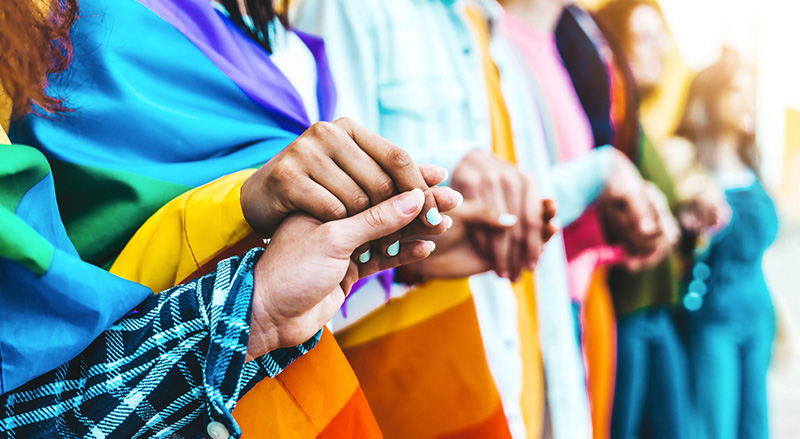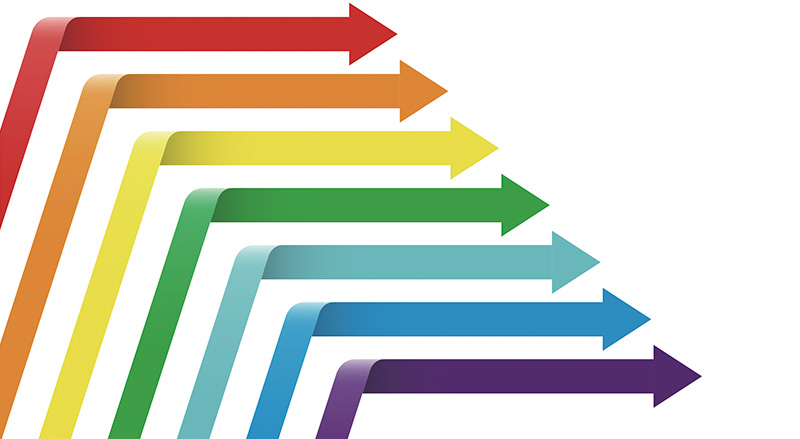What is the state of LGBTQ organizations’ financial health? Are the resources of local LGBTQ community centers sufficient to support the programs that are needed to serve the people who depend on them? How are statewide organizations balancing their work among various movement priorities, such as legislation, public education, coalition work and electoral campaigns? Which key LGBTQ issues are these organizations focused on right now? How have the lingering effects of the recent economic downturn affected the finances and operations of national LGBTQ advocacy organizations?
MAP provides answers to these and other questions so that supporters of LGBTQ equality can have a better understanding of the overall strength, capacity and operations of the LGBTQ movement. MAP’s ongoing analysis of the movement’s capacity provides organizations and their funders and supporters with information they can use to set goals and strategy, apply resources more effectively, and measure the success of the movement’s work. MAP’s analysis also allows for deeper understanding of the capacity of specific segments within the movement—including national advocacy organizations, statewide groups, local community centers, and international advocacy organizations.




















